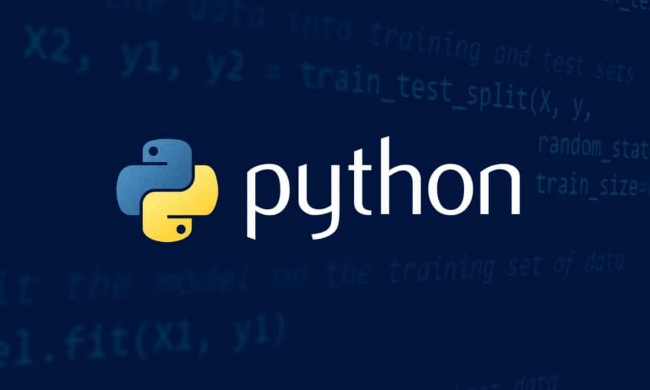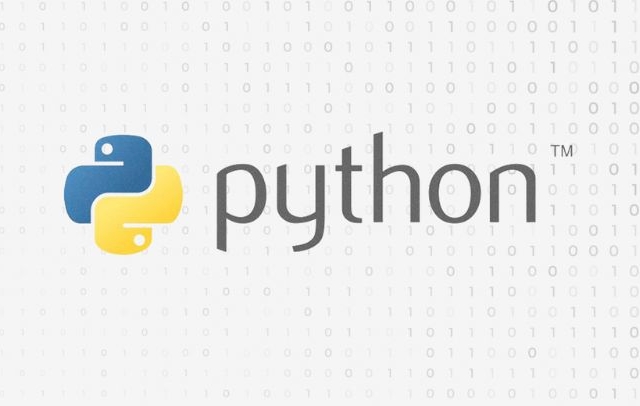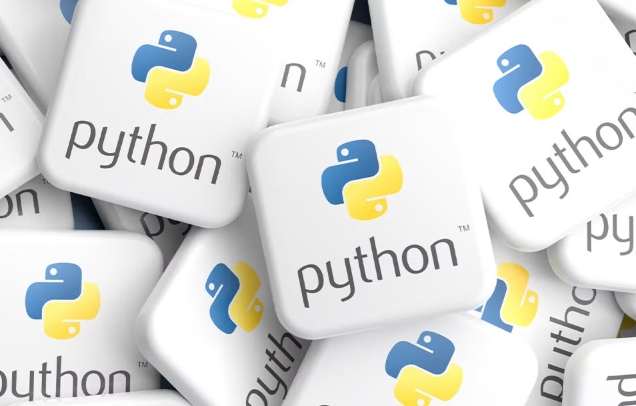What is list slicing in python?
List slicing in Python extracts a portion of a list using indices. 1. It uses the syntax list[start:end:step], where start is inclusive, end is exclusive, and step defines the interval. 2. If start or end are omitted, Python defaults to the beginning or end of the list. 3. Common uses include getting first/last few items, skipping elements, reversing lists, and creating shallow copies. 4. Important considerations are that slices return new lists, negative indices count backward, out-of-range indices don’t cause errors, and assignment doesn’t modify the original list in place.

List slicing in Python is a way to extract a portion of a list by specifying a start and end index. It’s super handy when you want to work with just part of a list instead of the whole thing.

How Does List Slicing Work?
At its core, list slicing uses the syntax list[start:end:step]. Here's what each part means:

- start – where to begin the slice (inclusive)
- end – where to stop the slice (exclusive)
- step – how many steps to take between elements
For example, if you have a list like this:
nums = [0, 1, 2, 3, 4, 5]
And you do nums[1:4], it gives you [1, 2, 3] — starting at index 1 up to but not including index 4.

One thing people often forget is that if you skip either start or end, Python fills in defaults — start becomes 0, end becomes the length of the list.
Common Use Cases for List Slicing
There are a few situations where slicing really shines:
- Getting the first or last few items from a list
- Skipping every other item
- Reversing a list quickly
Say you're working with a list of recent user logins and only need the most recent five. You can use something like logins[-5:] to grab those without looping or popping anything.
Or maybe you want to create a new list that skips every second item — like taking only even-indexed values. In that case, my_list[::2] does the trick.
It's also common to use slicing to make a shallow copy of a list. If you do new_list = old_list[:], you get a separate list object that looks the same — useful if you plan to modify one without changing the original.
What to Watch Out For
List slicing is pretty straightforward, but there are a couple gotchas:
- Slices don’t modify the original list — they return a new one
- Negative indices count backward from the end
- If your indexes are out of range, Python won’t throw an error — it’ll just give you as much as it can
A classic mistake is thinking that assigning a slice will change the original list in place. But nope — slices return a new list unless you specifically reassign parts of the original.
Also, don’t overcomplicate step values. Positive steps go forward, negative ones go backward. So [::-1] is the quick way to reverse a list.
So yeah, basically slicing is a neat tool once you get the hang of it. Not too complicated, but definitely worth learning well.
The above is the detailed content of What is list slicing in python?. For more information, please follow other related articles on the PHP Chinese website!

Hot AI Tools

Undress AI Tool
Undress images for free

Undresser.AI Undress
AI-powered app for creating realistic nude photos

AI Clothes Remover
Online AI tool for removing clothes from photos.

ArtGPT
AI image generator for creative art from text prompts.

Stock Market GPT
AI powered investment research for smarter decisions

Hot Article

Hot Tools

Notepad++7.3.1
Easy-to-use and free code editor

SublimeText3 Chinese version
Chinese version, very easy to use

Zend Studio 13.0.1
Powerful PHP integrated development environment

Dreamweaver CS6
Visual web development tools

SublimeText3 Mac version
God-level code editing software (SublimeText3)
 How to install packages from a requirements.txt file in Python
Sep 18, 2025 am 04:24 AM
How to install packages from a requirements.txt file in Python
Sep 18, 2025 am 04:24 AM
Run pipinstall-rrequirements.txt to install the dependency package. It is recommended to create and activate the virtual environment first to avoid conflicts, ensure that the file path is correct and that the pip has been updated, and use options such as --no-deps or --user to adjust the installation behavior if necessary.
 How to test Python code with pytest
Sep 20, 2025 am 12:35 AM
How to test Python code with pytest
Sep 20, 2025 am 12:35 AM
Python is a simple and powerful testing tool in Python. After installation, test files are automatically discovered according to naming rules. Write a function starting with test_ for assertion testing, use @pytest.fixture to create reusable test data, verify exceptions through pytest.raises, supports running specified tests and multiple command line options, and improves testing efficiency.
 From beginners to experts: 10 must-have free public dataset websites
Sep 15, 2025 pm 03:51 PM
From beginners to experts: 10 must-have free public dataset websites
Sep 15, 2025 pm 03:51 PM
For beginners in data science, the core of the leap from "inexperience" to "industry expert" is continuous practice. The basis of practice is the rich and diverse data sets. Fortunately, there are a large number of websites on the Internet that offer free public data sets, which are valuable resources to improve skills and hone your skills.
 How to handle command line arguments in Python
Sep 21, 2025 am 03:49 AM
How to handle command line arguments in Python
Sep 21, 2025 am 03:49 AM
Theargparsemoduleistherecommendedwaytohandlecommand-lineargumentsinPython,providingrobustparsing,typevalidation,helpmessages,anderrorhandling;usesys.argvforsimplecasesrequiringminimalsetup.
 How to choose a computer that is suitable for big data analysis? Configuration Guide for High Performance Computing
Sep 15, 2025 pm 01:54 PM
How to choose a computer that is suitable for big data analysis? Configuration Guide for High Performance Computing
Sep 15, 2025 pm 01:54 PM
Big data analysis needs to focus on multi-core CPU, large-capacity memory and tiered storage. Multi-core processors such as AMDEPYC or RyzenThreadripper are preferred, taking into account the number of cores and single-core performance; memory is recommended to start with 64GB, and ECC memory is preferred to ensure data integrity; storage uses NVMeSSD (system and hot data), SATASSD (common data) and HDD (cold data) to improve overall processing efficiency.
 What is BIP? Why are they so important to the future of Bitcoin?
Sep 24, 2025 pm 01:51 PM
What is BIP? Why are they so important to the future of Bitcoin?
Sep 24, 2025 pm 01:51 PM
Table of Contents What is Bitcoin Improvement Proposal (BIP)? Why is BIP so important? How does the historical BIP process work for Bitcoin Improvement Proposal (BIP)? What is a BIP type signal and how does a miner send it? Taproot and Cons of Quick Trial of BIP ConclusionAny improvements to Bitcoin have been made since 2011 through a system called Bitcoin Improvement Proposal or “BIP.” Bitcoin Improvement Proposal (BIP) provides guidelines for how Bitcoin can develop in general, there are three possible types of BIP, two of which are related to the technological changes in Bitcoin each BIP starts with informal discussions among Bitcoin developers who can gather anywhere, including Twi
 How can you create a context manager using the @contextmanager decorator in Python?
Sep 20, 2025 am 04:50 AM
How can you create a context manager using the @contextmanager decorator in Python?
Sep 20, 2025 am 04:50 AM
Import@contextmanagerfromcontextlibanddefineageneratorfunctionthatyieldsexactlyonce,wherecodebeforeyieldactsasenterandcodeafteryield(preferablyinfinally)actsas__exit__.2.Usethefunctioninawithstatement,wheretheyieldedvalueisaccessibleviaas,andthesetup
 How to write automation scripts for daily tasks in Python
Sep 21, 2025 am 04:45 AM
How to write automation scripts for daily tasks in Python
Sep 21, 2025 am 04:45 AM
Identifyrepetitivetasksworthautomating,suchasorganizingfilesorsendingemails,focusingonthosethatoccurfrequentlyandtakesignificanttime.2.UseappropriatePythonlibrarieslikeos,shutil,glob,smtplib,requests,BeautifulSoup,andseleniumforfileoperations,email,w







